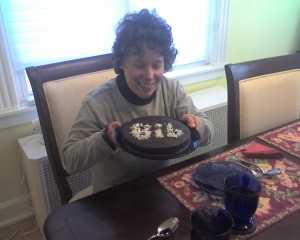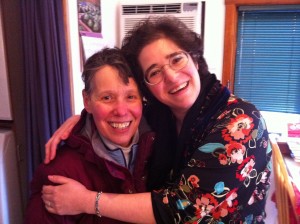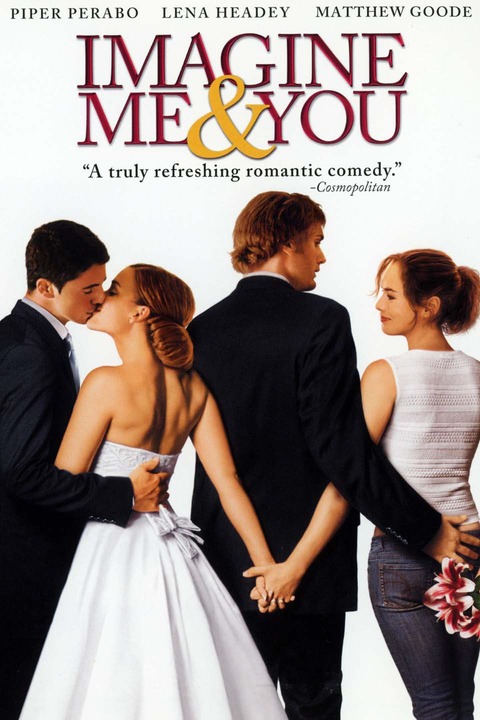Full disclosure: Ellen LaFleche is my dear friend, writing critique partner, Winning Writers judging associate, and bohemian style icon. When you read her poems, you’ll wish she was in your life, too. Gorgeous and inventive as her language is, it is never merely pretty for its own sake. Her body of work has a mission of dignifying and illuminating the lives of real people, particularly blue-collar workers and women.
In her latest prizewinning chapbook, Beatrice (Tiger’s Eye Press, 2014), the tides of the sacred feminine seek an outlet in the cloistered body of Sister Beatrice, a working-class mystic. The convent offers both refuge and confinement—the paradox of a women-ruled society where women must de-sexualize themselves. The ascetic environment cannot quench the vitality of Beatrice’s imagination, which finds golden-faced gods in copper pans and lust’s soft satisfaction in a raw quahog.
The press does not have an online order page, so contact Ellen directly to purchase a copy for $10 at El********@*ol.com. Please enjoy these sample poems below.
PEARL
The day after scattering her mother’s ashes in the ocean, Sister Beatrice goes quahogging
Morning-scape.
Clouds arranged in blurred
bands of coral and pink like lipstick samples
on the back of the Avon Lady’s hand.
Twenty years inside
that tomb-shaped nun boot
but Sister Beatrice’s foot
remembers its childhood skill–
how to stalk the quahog,
big toe trawling the tide
like a predator’s snout.
Cool wind whirling off the waves
in salt-loaded squalls.
Sister’s veil flaps so hard around her skull
it muffles the crackle of foam,
the slap of kelp and jetsam.
The clam she captures is still
alive, breathy and warm
in its hinged brown casket.
The clam-flesh dampens under her finger,
its belly slack as love in its puddle of juice,
elegant neck recoiling
from Sister’s tender pinch.
She knows the danger
of eating it raw. But Beatrice swallows,
the head-tilted gulp
a remembered pleasure in her throat.
No pearl
to roll down the esophageal slide,
just a tidal rush of sand
and delicious clam-water
splashing under her tongue.
****
CHALICE OF SALVATION
Before bringing Halloween treats to children at the homeless shelter, Sister Beatrice joins the other nuns for a party in the rec room
For tonight
she’s Father Beatrice,
swaggering with manly elegance
in a long black cassock,
white collar fashioned from a toilet-paper
tube coiled around the throat.
Mother Superior has turned herself
into a lion
tamer, ferocious in her tux
and tails, her whip of shredded Easter
ribbons whooshing over the stunned
head of a Cowardly Lion nun.
Sister Veronica is a paper maché
chalice, spray-painted gold, studded
with ruby and diamond rhinestones.
Father Beatrice places his priestly
hands on Veronica’s goblet hips,
lifts her high over his head for adoration.
Father begins to waltz,
slow-dancing around the rec
room, the holy chalice
pressed against his heart.
Until the Mother Superior
pries them apart
with the tip of her whip.










